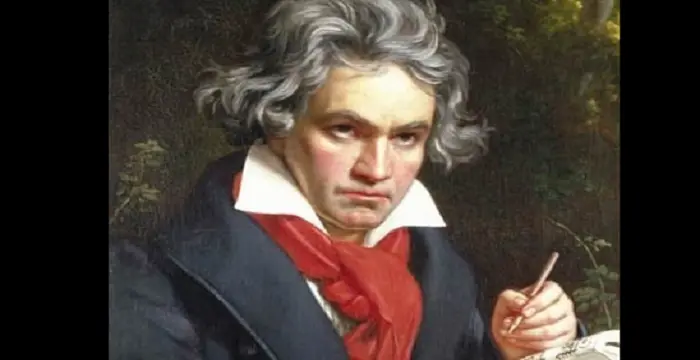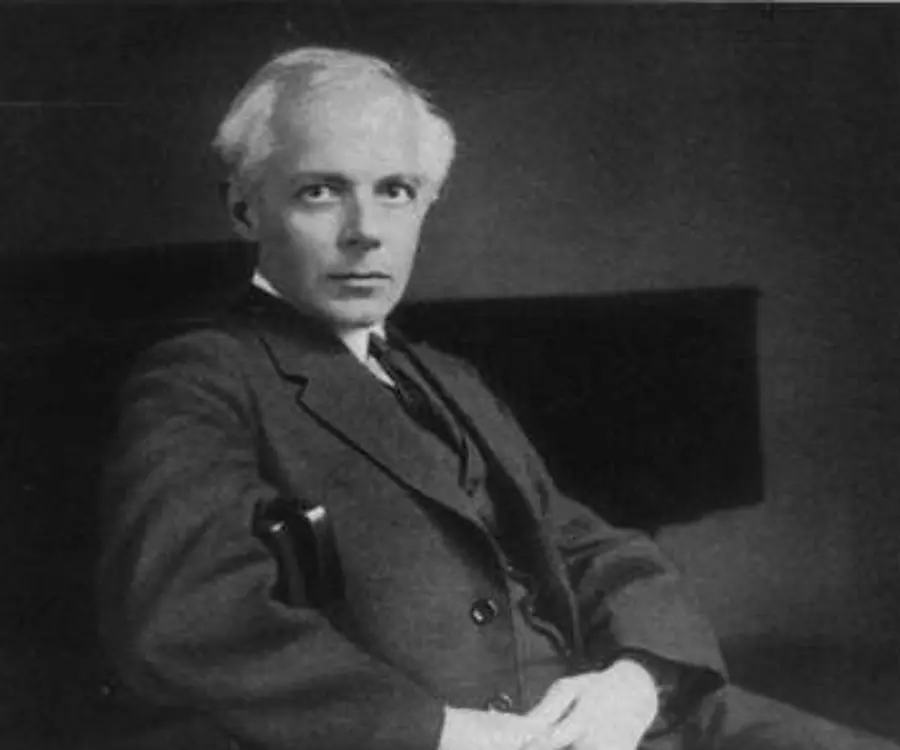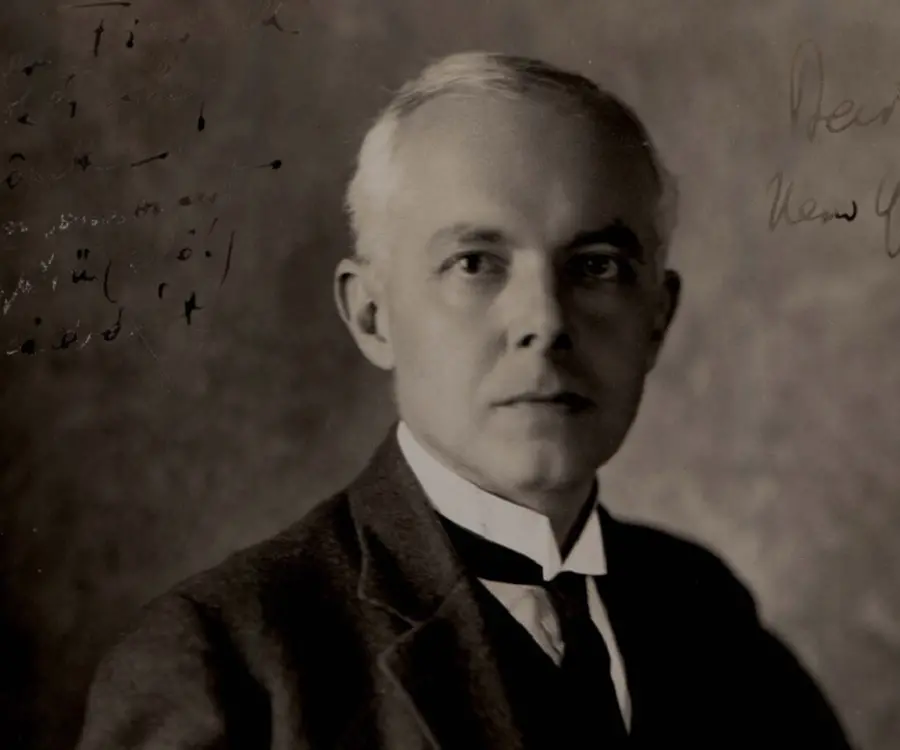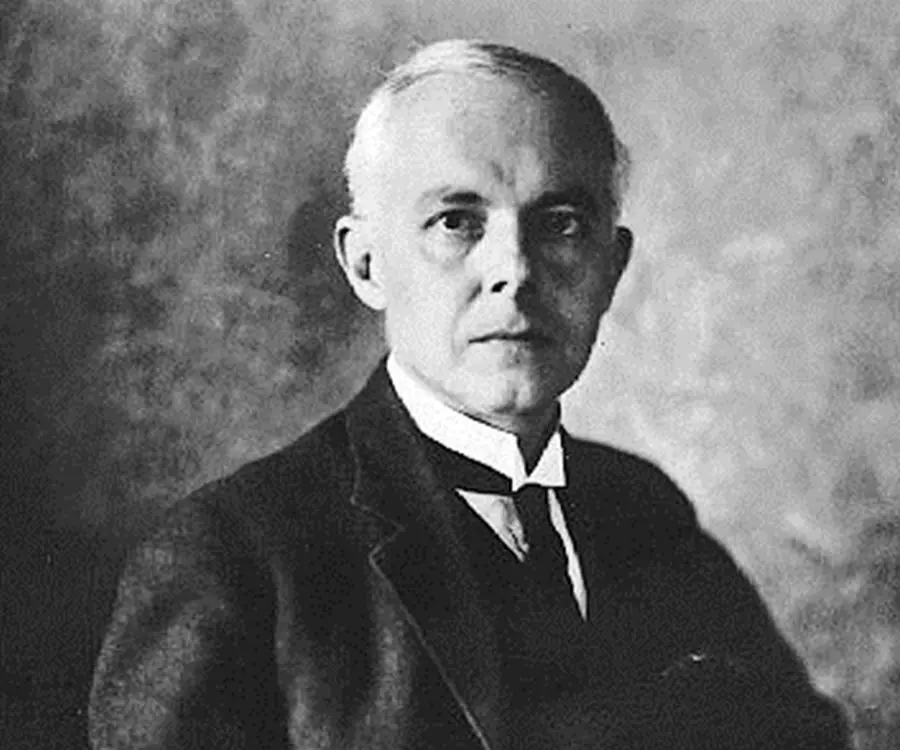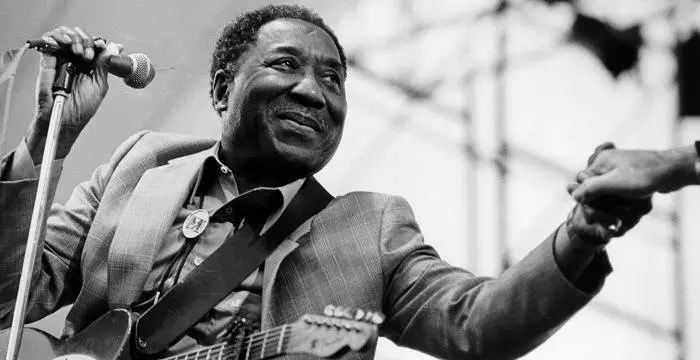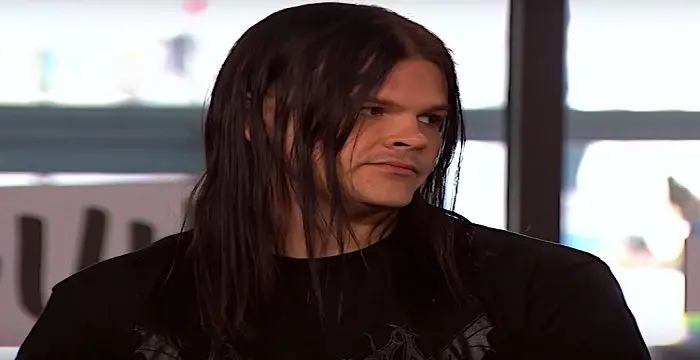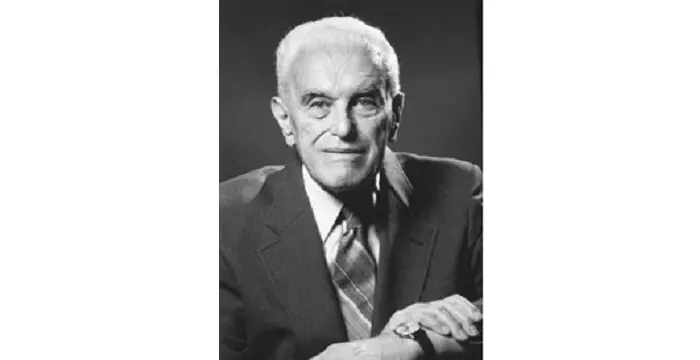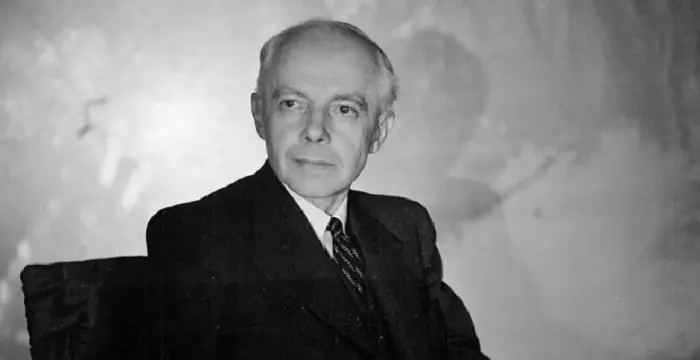
Bela Bartok - Pianists, Timeline and Family
Bela Bartok's Personal Details
Bela Bartok is considered as one of the greatest composers and pianists of Hungary
| Information | Detail |
|---|---|
| Birthday | March 25, 1881 |
| Died on | September 26, 1945 |
| Nationality | Hungarian |
| Famous | Musicians, Pianists, Composers |
| Spouses | Ditta |
| Childrens | Peter Bartok |
| Universities |
|
| Birth Place | Nagyszentmiklós |
| Gender | Male |
| Father | Béla Sr., |
| Mother | Paula |
| Sun Sign | Aries |
| Born in | Nagyszentmiklós |
| Famous as | Composer, Pianist |
| Died at Age | 64 |
// Famous Composers
Ludwig van Beethoven
Ludwig Van Beethoven was one of the greatest composers the world has ever had. Check out this biography to know about his childhood, family life, and achievements.
Emina Jahović
Emina Jahović Sandal is a Serbian model, actress and singer-songwriter. Know more about her childhood, life, career, achievements and timeline in this biography.
John Denver
John Denver, a famous American singer-songwriter and activist, is remembered for songs like Take Me Home, Country Roads and Annie's Song. To know more about his childhood, career, profile and timeline read on
Bela Bartok's photo
Who is Bela Bartok?
Béla Bartók was a renowned Hungarian composer, pianist, ethnomusicologist, and music teacher. Together with Franz Liszt, he is counted amongst the greatest composers from Hungary. He is also considered one of the most important composers of the 20thcentury. His major musical works include orchestra, string quartets, piano solos, an opera, a cantata, some ballets, and several folk songs for voice and piano. Through his collected works and analytical research of folk music, he is regarded as one of the founders of comparative musicology, which eventually became ethnomusicology. He was a child prodigy and his mother recognized his remarkable musical skills very early on and gave him music lessons. His style was a combination of folk music, classicism, and modernism. Most of his early compositions were a mix of nationalism and romanticism. His melodies were deeply influenced by the folk music of Hungary, Romania, Turkey and other nations. He was especially fond of Bulgarian music. Apart from being a terrific composer and pianist, he was a great music enthusiast as well. He spent a considerable amount of time researching traditional and folk music in different parts of the world and then composing unique pieces with distinct elements of such folk melodies.
// Famous Musicians
Ted Nugent
Ted Nugent is a hard rock musician known for his hits ‘Stranglehold’ and ‘Cat Scratch Fever’. This biography of Ted Nugent provides detailed information about his childhood, life, achievements, works & timeline.
Muddy Waters
Muddy Waters was a blues musician referred to as the 'father of modern Chicago blues.' Check out this biography to know about his childhood, family life, achievements and fun facts about him.
Travis Bacon
Travis Bacon is an American musician and actor, better known as the son of veteran actors Kevin Bacon and Kyra Sedgwick. Find more about his family, birthday, etc.
Childhood & Early Life
Béla Bartók was born on 25 March 1881, in the small Banatian town of Nagyszentmiklós in the Kingdom of Hungary. His father was the director of an agricultural school.
He had mixed ancestry; on his father’s side he belonged to a Hungarian lower noble family while on his mother’s side, he was of ethnic German lineage.
He exhibited remarkable musical talent from early childhood. By the age of four, he could play 40 different pieces on the piano and at five he began taking formal lessons in music.
He was also a frail and ailing child, often suffering from severe eczema. In 1888 at the tender age of seven, he lost his father. Soon after, his mother took him and his sister, Erzsébet to live in Nagyszőlős and later to Pozsony.
His first public performance was at the age of eleven in Nagyszőlős; his recital was well appreciated. He played several pieces including one of his own compositions, ‘The Course of the Danube’, written at the age of nine.
Career
From 1899 to 1903, he trained at the Royal Academy of Music in Budapest, learning piano under the competent guidance of István Thomán and composition under János Koessler. At the Academy, he befriended Zoltán Kodály, who motivated him significantly and became his lifetime friend and co-worker.
In 1903, he composed his first major orchestral work, ‘Kossuth’, a symphonic poem which honoured Lajos Kossuth, hero of the Hungarian Revolution of 1848.
He met Richard Strauss in 1902 at Budapest and his music strongly influenced Bartok’s early works. From 1907 onwards, he drew inspiration from the French composer Claude Debussy. Later, the works of the 19th century Hungarian composer Franz Liszt, and the modernists Igor Stravinsky and Arnold Schoenberg also influenced him deeply.
In 1907, he became a piano professor at the Royal Academy. Some of his notable students were Fritz Reiner, Sir Georg Solti, György Sándor, Ernő Balogh, and Lili Kraus.
Alongside teaching, he continued composing music. Apart from major orchestral works inspired by Johannes Brahms and Richard Strauss, he also composed several small piano pieces which had influences of folk music. The first such example is the String Quartet No. 1 in A minor (1908).
In 1908 along with Kodály, he took a trip to the rural areas to collect and explore old Magyar folk music, a form of Gypsy music. The duo realized that the melodies were based on pentatonic scales, similar to those in Asian folk traditions. Soon, they adopted the elements of such folk music into their compositions.
In 1911 he wrote his only opera, ‘Bluebeard's Castle’, dedicated to his then-wife Márta. He entered it for a competition conducted by the Hungarian Fine Arts Commission, but it got rejected much to his disappointment.
He wrote very less for the next two or three years, preferring to focus on collecting and arranging folk music. He collected notes from Hungarian, Slovak, Romanian, Bulgarian, Moldavian, Wallachian, and Algerian folk music.
The outbreak of World War I compelled him to discontinue the tours and he returned to composing, writing the ballet ‘The Wooden Prince’ (1914–16) and the ‘String Quartet No. 2’ (1915–17), both influenced by Debussy.
In 1917, he revised the score and rewrote the ending of ‘Bluebeard's Castle’. In 1921 and 1922, he wrote two violin sonatas which are harmonically and structurally some of his most difficult pieces.
In the following decade, he composed ‘The Third and Fourth String Quartets’ (1927–28), ‘Cantata Profana’ (1930),‘The Fifth String Quartet’ (1934), ‘Music for Strings, Percussion, and Celesta’ (1936),‘Sonata for Two Pianos and Percussion’ (1937) ‘Divertimento for String Orchestra’ (1939), and the ‘The Sixth String Quartet’ (1939).
During the same period he also expanded his activities as a concert pianist, playing in many of the countries of Western Europe, the United States, and the Soviet Union.
In 1936, he travelled to Turkey to collect and study folk music. There he worked in collaboration with the Turkish composer Ahmet Adnan Saygun.
In the build-up to the World War II and the increasing Nazi terror in the late 1930s, he chose to leave Hungary and immigrated to the United States. Nevertheless, he remained loyal to Hungary and its people and culture. Settling in New York City, he became an American citizen by 1945.
In the US, he was appointment as a research assistant in music at Columbia University, New York City. This helped him to continue working with folk music, especially a large collection of Serbian and Croatian folk songs. Publication royalties, teaching and performance tours with his wife, pianist Ditta Pásztory gradually alleviated the economic crisis he found himself in during his initial years in the US.
His health deteriorated in the early 1940s.With help from violinist Joseph Szigeti and conductor Fritz Reiner, he produced a final set of masterpieces. His ‘Concerto for Orchestra’ (1943) was commissioned by Serge Koussevitzky. It premièred in December 1944 to highly positive reviews.
In 1944, he was also commissioned by Yehudi Menuhin to compose a ‘Sonata for Violin Solo’. In 1945, he began composing his ‘Piano Concerto No. 3’, a beautiful neo-classical work as a surprise 42nd birthday present for Ditta. Unfortunately, it remained unfinished because of his untimely death.
Major Works
Bela Bartók was deeply influenced by Debussy's music and this is clearly evident in the ‘Fourteen Bagatelles’ (1908). Till 1911, he composed various pieces that had elements of the romantic-style and folk melodies. He also composed his modernist opera ‘Bluebeard's Castle’ around this time.
He was also inspired by Klára Gombossy to compose the ‘Suite for piano opus 14’ (1916), and ‘The Miraculous Mandarin’ (1918). Meanwhile, he also completed ‘The Wooden Prince’ (1917).
Among his masterworks are the six String Quartets, the ‘Cantata Profana’, the ‘Music for Strings, Percussion and Celesta’, the ‘Concerto for Orchestra’, and the ‘Third Piano Concerto.’
To aid younger students and help his son Péter with his music lessons, he also wrote the book ‘Mikrokosmos’, a six-volume collection of graded piano pieces.
Personal Life & Legacy
In 1909 at the age of 28, Bela Bartók married 16 years old Márta Ziegler. Their son, Béla III was born the next year. The couple divorced in June 1923.
In 1923, he married a 19 year old piano student, Ditta Pásztory. Their son, Péter was born in 1924.
Bela Bartók was brought up as a Roman Catholic and by his early adulthood he became an atheist. He later converted to the Unitarian faith in 1916.
From 1940 onwards, he became increasingly ill. Gradually, the symptoms aggravated, coupled with bouts of fever. In April 1944, Leukaemia was diagnosed and it was too late for a cure.
He died on 26 September 1945 at the age of 64 in a New York City hospital. His funeral was attended by a handful of people. His body was initially interred in Ferncliff Cemetery, New York. Later in 1988, Hungary arranged a state funeral for him and he was reinterred at Budapest's Farkasréti Cemetery, next to the remains of his wife Ditta who died in 1982.
In Bartók’s memory, his statues have been erected in Brussels, London, and Budapest. His bust and plaque is located at his last residence in New York City and also in Ankara, Turkey.
His statue in bronze is present in the front lobby of the Royal Conservatory of Music, Ontario, Canada. Another statue stands near the River Seine in the public park at Square Béla Bartók in Paris, France.
// Famous Pianists
Kylee Renee
Check out all that you wanted to know about Kylee Renee, the famous singer; her birthday, her family and personal life, her boyfriends, fun trivia facts and more.
Ross Lynch
Ross Lynch is an American actor, singer and musician, who became famous after his role in the television show ‘Austin & Ally.’ Check out this biography to know about his childhood, family life, achievements and other facts related to his life.
Serj Tankian
Serj Tankian is a famous American singer-songwriter and member of the band, ‘System of a Down’. This biography profiles his childhood, music career, life, achievements and timeline.
Bela Bartok biography timelines
- // 25th Mar 1881Béla Bartók was born on 25 March 1881, in the small Banatian town of Nagyszentmiklós in the Kingdom of Hungary. His father was the director of an agricultural school.
- // 1899 To 1903From 1899 to 1903, he trained at the Royal Academy of Music in Budapest, learning piano under the competent guidance of István Thomán and composition under János Koessler. At the Academy, he befriended Zoltán Kodály, who motivated him significantly and became his lifetime friend and co-worker.
- // 1903In 1903, he composed his first major orchestral work, ‘Kossuth’, a symphonic poem which honoured Lajos Kossuth, hero of the Hungarian Revolution of 1848.
- // 1907He met Richard Strauss in 1902 at Budapest and his music strongly influenced Bartok’s early works. From 1907 onwards, he drew inspiration from the French composer Claude Debussy. Later, the works of the 19th century Hungarian composer Franz Liszt, and the modernists Igor Stravinsky and Arnold Schoenberg also influenced him deeply.
- // 1907In 1907, he became a piano professor at the Royal Academy. Some of his notable students were Fritz Reiner, Sir Georg Solti, György Sándor, Ernő Balogh, and Lili Kraus.
- // 1908Alongside teaching, he continued composing music. Apart from major orchestral works inspired by Johannes Brahms and Richard Strauss, he also composed several small piano pieces which had influences of folk music. The first such example is the String Quartet No. 1 in A minor (1908).
- // 1908In 1908 along with Kodály, he took a trip to the rural areas to collect and explore old Magyar folk music, a form of Gypsy music. The duo realized that the melodies were based on pentatonic scales, similar to those in Asian folk traditions. Soon, they adopted the elements of such folk music into their compositions.
- // 1908Bela Bartók was deeply influenced by Debussy's music and this is clearly evident in the ‘Fourteen Bagatelles’ (1908). Till 1911, he composed various pieces that had elements of the romantic-style and folk melodies. He also composed his modernist opera ‘Bluebeard's Castle’ around this time.
- // 1909 To 1923In 1909 at the age of 28, Bela Bartók married 16 years old Márta Ziegler. Their son, Béla III was born the next year. The couple divorced in June 1923.
- // 1911In 1911 he wrote his only opera, ‘Bluebeard's Castle’, dedicated to his then-wife Márta. He entered it for a competition conducted by the Hungarian Fine Arts Commission, but it got rejected much to his disappointment.
- // 1914 To 1917The outbreak of World War I compelled him to discontinue the tours and he returned to composing, writing the ballet ‘The Wooden Prince’ (1914–16) and the ‘String Quartet No. 2’ (1915–17), both influenced by Debussy.
- // 1916 To 1918He was also inspired by Klára Gombossy to compose the ‘Suite for piano opus 14’ (1916), and ‘The Miraculous Mandarin’ (1918). Meanwhile, he also completed ‘The Wooden Prince’ (1917).
- // 1917 To 1922In 1917, he revised the score and rewrote the ending of ‘Bluebeard's Castle’. In 1921 and 1922, he wrote two violin sonatas which are harmonically and structurally some of his most difficult pieces.
- // 1923 To 1924In 1923, he married a 19 year old piano student, Ditta Pásztory. Their son, Péter was born in 1924.
- // 1927 To 1939In the following decade, he composed ‘The Third and Fourth String Quartets’ (1927–28), ‘Cantata Profana’ (1930),‘The Fifth String Quartet’ (1934), ‘Music for Strings, Percussion, and Celesta’ (1936),‘Sonata for Two Pianos and Percussion’ (1937) ‘Divertimento for String Orchestra’ (1939), and the ‘The Sixth String Quartet’ (1939).
- // 1936In 1936, he travelled to Turkey to collect and study folk music. There he worked in collaboration with the Turkish composer Ahmet Adnan Saygun.
- // 1940From 1940 onwards, he became increasingly ill. Gradually, the symptoms aggravated, coupled with bouts of fever. In April 1944, Leukaemia was diagnosed and it was too late for a cure.
- // 1943 To 1944His health deteriorated in the early 1940s.With help from violinist Joseph Szigeti and conductor Fritz Reiner, he produced a final set of masterpieces. His ‘Concerto for Orchestra’ (1943) was commissioned by Serge Koussevitzky. It premièred in December 1944 to highly positive reviews.
- // 1944In 1944, he was also commissioned by Yehudi Menuhin to compose a ‘Sonata for Violin Solo’. In 1945, he began composing his ‘Piano Concerto No. 3’, a beautiful neo-classical work as a surprise 42nd birthday present for Ditta. Unfortunately, it remained unfinished because of his untimely death.
- // 1945In the build-up to the World War II and the increasing Nazi terror in the late 1930s, he chose to leave Hungary and immigrated to the United States. Nevertheless, he remained loyal to Hungary and its people and culture. Settling in New York City, he became an American citizen by 1945.
- // 26th Sep 1945He died on 26 September 1945 at the age of 64 in a New York City hospital. His funeral was attended by a handful of people. His body was initially interred in Ferncliff Cemetery, New York. Later in 1988, Hungary arranged a state funeral for him and he was reinterred at Budapest's Farkasréti Cemetery, next to the remains of his wife Ditta who died in 1982.
// Famous Hungarian peoples
Oleksandra Nikolayenko
Oleksandra Nikolayenko is an Unkrainian model and actress. This biography profiles her childhood, life, modelling career, achievements and timeline.
John C Harsanyi
Read on to know the profile, career, important works, contributions and timeline of the famous American economist and Nobel Laureate, John C Harsanyi.
Erno Rubik
The famous inventor and educationist, Erno Rubik is known world-wide for his invention the ‘Rubik’s Cube’. To know more about the childhood, profile, timeline and career of this famous architect-inventor read on.
Ilona Staller
Ilona Staller is a famous Hungarian adult film star and politician. Check out this biography to know more about her childhood, life and achievements.
Viktor Orbán
Viktor Mihály Orbán is a Hungarian politician and the current prime minister of Hungary. Check out this biography to know more about his childhood, family, personal life, political career, etc.
Barbara Palvin
Barbara Palvin is a Hungary-born supermodel gained popularity for walking the runway at Victoria’s Secret fashion shows. This biography puts forth the profile, childhood, life and timeline of this glamorous blue-eyed supermodel.
Bela Bartok's FAQ
What is Bela Bartok birthday?
Bela Bartok was born at 1881-03-25
When was Bela Bartok died?
Bela Bartok was died at 1945-09-26
Where was Bela Bartok died?
Bela Bartok was died in New York City
Which age was Bela Bartok died?
Bela Bartok was died at age 64
Where is Bela Bartok's birth place?
Bela Bartok was born in Nagyszentmiklós
What is Bela Bartok nationalities?
Bela Bartok's nationalities is Hungarian
Who is Bela Bartok spouses?
Bela Bartok's spouses is Ditta
Who is Bela Bartok childrens?
Bela Bartok's childrens is Peter Bartok
What was Bela Bartok universities?
Bela Bartok studied at Franz Liszt Academy of Music, Budapest
Who is Bela Bartok's father?
Bela Bartok's father is Béla Sr.,
Who is Bela Bartok's mother?
Bela Bartok's mother is Paula
What is Bela Bartok's sun sign?
Bela Bartok is Aries
How famous is Bela Bartok?
Bela Bartok is famouse as Composer, Pianist
